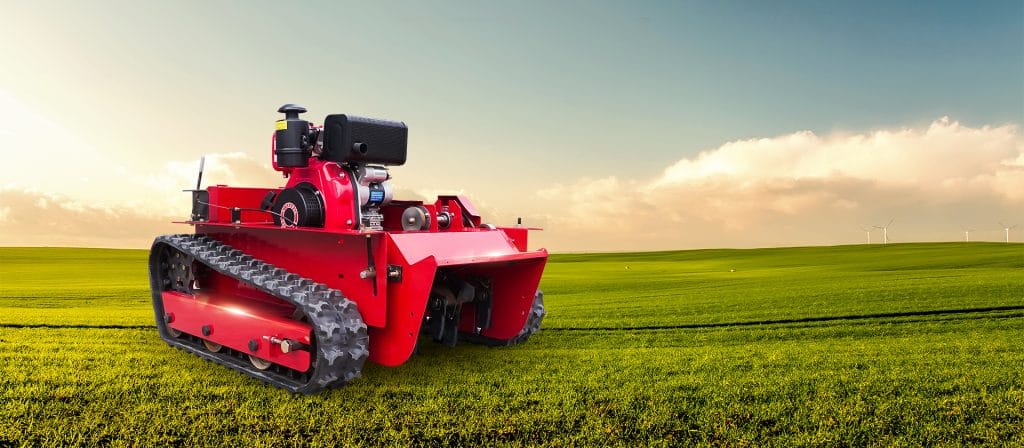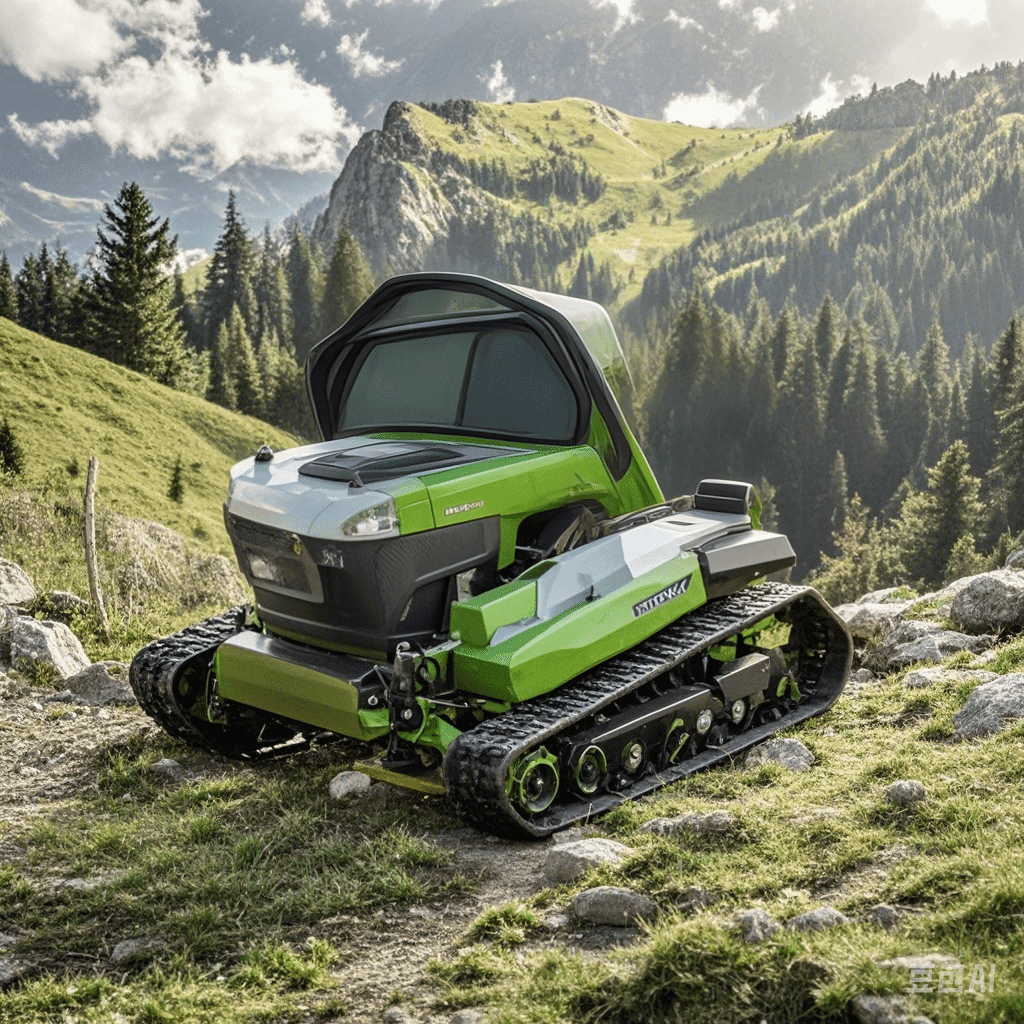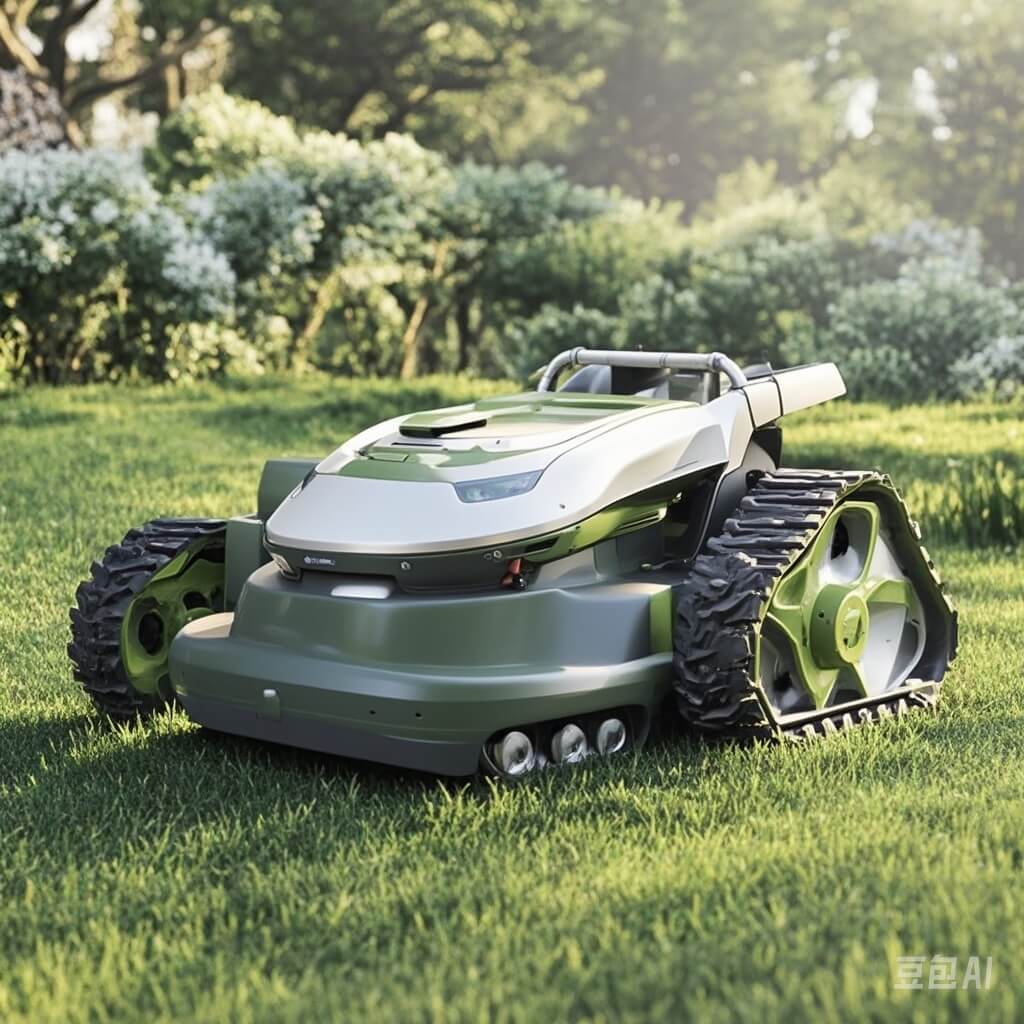No products in the cart.


Remote control automatic weeders have become a versatile tool providing precise weed management in gardens, farming, forestry and orchards. And it comes with customizable features such as power type (gasoline and diesel), built-in battery, and customization of horsepower, color, and appearance.
1. Introduction: Remote control automatic weeders have redefined weed management, bringing efficiency and precision to diverse environments. Their applicability in gardens, agriculture, forestry, and orchards highlights their role in enhancing crop health and maintaining pristine landscapes.
2. Versatility in Usage Scenarios: These weeders find applications in various scenarios, providing targeted weed control in gardens, optimizing crop fields in agriculture, preserving natural habitats in forestry, and fostering healthy orchards. The remote control feature allows operators to navigate through different terrains with ease.
3. Power Types and Built-in Batteries: The availability of both gasoline and diesel power options ensures adaptability to specific user preferences and operational needs. Additionally, built-in batteries provide sustainable and eco-friendly energy solutions, reducing environmental impact while maintaining efficient weed control.
4. Customizable Features: Users can tailor these weeders to their specific requirements. Customizable horsepower options cater to varying workloads, while personalized color and appearance choices allow for brand integration and aesthetic alignment with individual preferences.
5. Precision Weed Management: The remote control functionality enhances precision in weed management, allowing operators to target specific areas with accuracy. This feature minimizes the use of herbicides, contributing to sustainable and environmentally conscious agricultural and landscaping practices.
6. Efficiency in Forestry and Orchards: In forestry, these weeders aid in maintaining clearings and firebreaks, ensuring the health of the ecosystem. In orchards, precision weed control promotes optimal conditions for fruit trees. The adaptability of these weeders across different environments demonstrates their versatility.
7. Conclusion: Remote control automatic weeders, with customizable features such as power types, built-in batteries, and personalized aesthetics, play a vital role in modern agriculture and landscaping. Their efficiency, precision, and adaptability across various scenarios underline their significance in promoting sustainable practices while enhancing the health and productivity of diverse landscapes. The ongoing advancements in these technologies promise continued innovation and effectiveness in weed management strategies.




Not only will we redefine our customers’ business models, but we will also redefine the OEM-dealer relationship, in other words, we will always have your back.